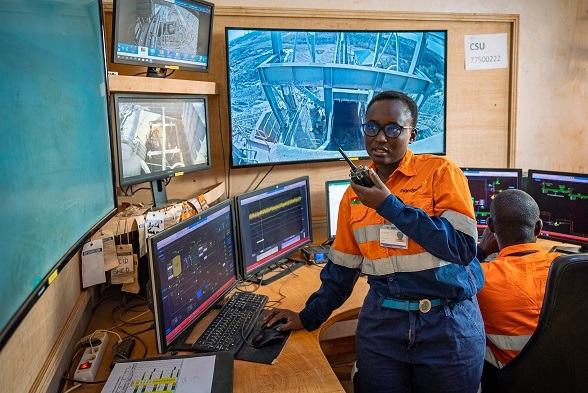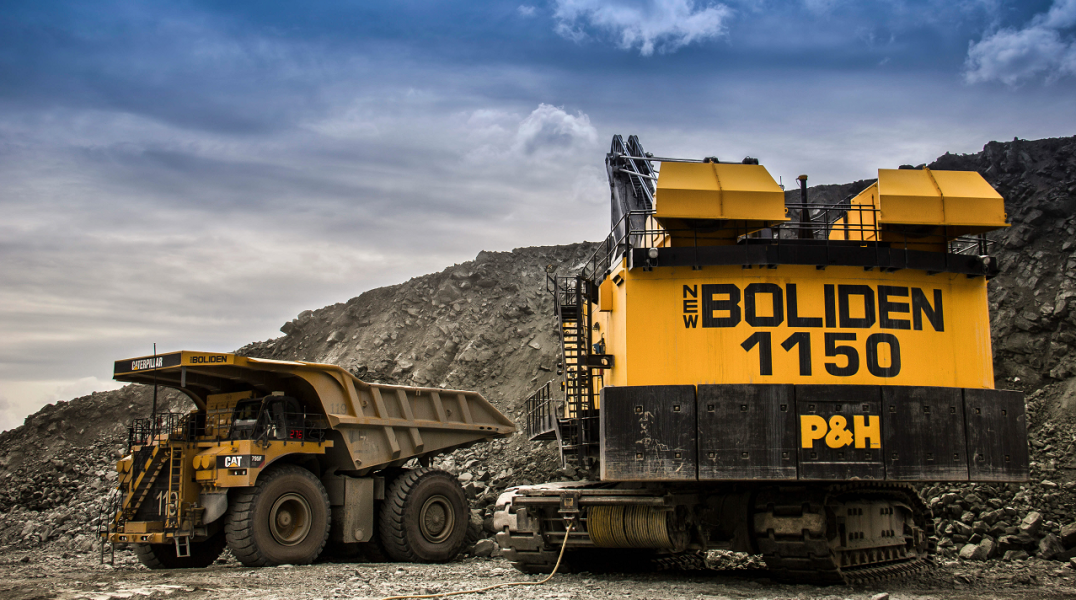Tarun Kapoor, managing director of Himachal Pradesh Power Corporation Limited (HPPCL), talks to Jayne Flannery about the social and environmental imperatives of sustainable power generation within the state.
India is a power hungry nation with a worrying shortfall between projected energy requirements and current capacity.Large untapped hydro potential exists in the rivers that flow down from the Himalayas to the north of the country. This represents a magnificent natural resource—one that is clean, renewable and not dependent on the vagaries of commodity price cycles.
The mountainous state of Himachal Pradesh is bordered by Jammu and Kashmir to the north, Punjab to the west and south-west, Haryana on the south and China on the east. The highest mountain reaches to almost 7,000 metres and the landscape is indented by countless gorges and river valleys, making it perfect territory for the generation of power through water. The government of Himachal Pradesh estimates that the total hydro power potential of the state is in the region of 21,000 MW—this gives it a key strategic importance to India’s energy security.
The Himachal Pradesh Power Corporation Limited (HPPCL) was formed in the wake of the 2003 Electricity Act, which was intended to facilitate the additional power generation capacity needed to sustain India’s economic growth.
HPPCL was incorporated in 2006 with a remit to plan, promote and manage the development of all aspects of hydroelectric power in the state on behalf of Himachal Pradesh State Government (GoHP) and Himachal Pradesh State Electricity Board (HPSEB). These are the joint owners of the corporation, with GoHP holding a majority stake of 60 per cent.
“Formerly state-managed boards were in control, but they were too big and inefficient so a decision was made to unbundle them and restructure the sector, allocating management according to competence, not tradition,” explains managing director Tarun Kapoor. “We are fully government-owned, but we manage the corporation along very professional lines and aim to be able to compete with any private sector organisation. We have the flexibility to tender for external projects and also to undertake projects in partnership with other private companies.”
HPPCL has been set the ambitious target of achieving 3,000 MW of power generating capacity by March 2017 and 5,000 MW by the year 2022. So far, 20 hydro projects fall within its portfolio, with work ongoing in three—Sawra Kuddu, Kashang and Sainj. It has a loan of US$800 million from the Asian Development Bank for four projects.
However, whilst the state has a clear desire to see more energy produced, the manner in which this is to be achieved has been carefully prescribed, with a strong emphasis on balanced and sustainable initiatives which take a proactive stance towards the local developmental needs of families displaced or affected by the projects.
“At present, our main focus is on hydro-electric power generation, but we are keenly aware of the environmental impact of generating energy in this way,” Kapoor states. “Clean energy is not just about the method of generation, it is also about managing long-term social and economic change. We have a policy to always reinstate any environmental damage, but we also want to understand and alleviate the wider social impact of hydro-electric projects.
“The number of people we have to displace is small and there will be compensation, but the indirect effects are much larger,” he continues. “For example, many people are dependent on local forests for fuel or fodder for their cattle, even though they don’t own the land. Major construction work, changes in land usage and a whole new infrastructure means massive lifestyle changes for rural communities.”
To address these issues HPPCL has an elaborate Relief & Rehabilitation policy, which goes far beyond monetary compensation. “We want to build community assets and ensure that education improves so that young people can find work in the future,” says Kapoor. “We fund training in state technical institutions and support a number of self employment initiatives. We also try hard to award small contracts to people who have been affected by our projects. If we can place local people in higher level engineering positions we are very happy, but at present they often lack the skills we need. We have also formulated a plan to include the opportunity for equity participation in our projects in the future, which is another step towards local acceptance and ownership.”
Kapoor explains that in the future, HPPCL intends to diversify its power development activities into other renewable energy areas such as thermal, solar and wind power. “The plan to diversify into harnessing other renewable energy sources for generating power is in keeping with our commitment to ensure an environment and ecological balance to support sustainable development,” he says.
“We are already looking at a 500 MW thermal project in partnership with the private sector. In wind we will also aim to work with the private sector. On the solar energy side, we have identified a site, but this form of power generation is less economically viable, so we will need to look for additional state funding. However, the relative capacity of these other projects will always be small in relation to the hydro-electric power that we can generate in the state,” he explains.
As well as diversifying into other clean power sources, Kapoor is also eager to see the organisation leverage its expertise more widely as it matures. “Although we are a government agency, eventually we want to be able to compete with any private professional operator on a worldwide basis. We already have a very strong civil and electrical engineering capability regarding hydro-electric power generation. Here, we are widely regarded as being amongst India’s best. Gradually we will build on and extend this expertise and then look for external projects which can benefit from our technical and engineering strength,” he concludes. http://hppcl.gov.in/













